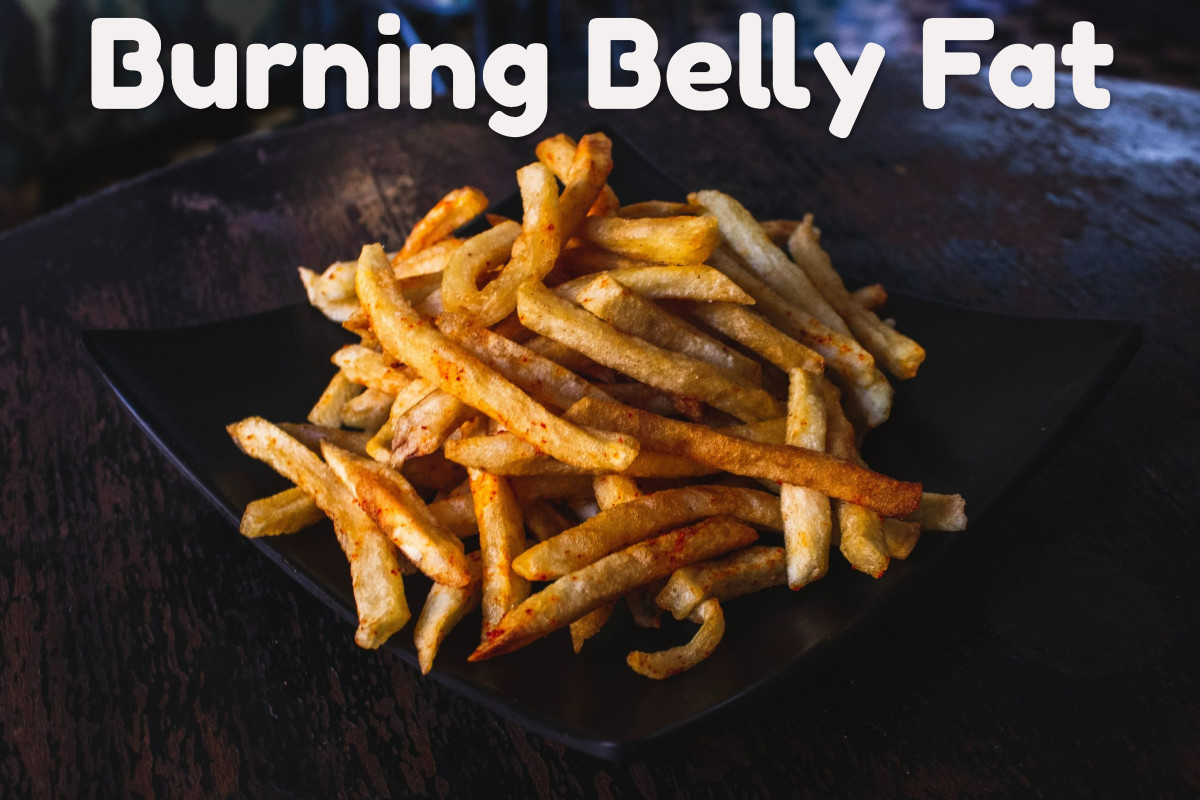
Nose Versus Mouth Breathing: Understanding the Differences
The optimal pathway for respiration is through the nose. However, mouth breathing becomes habitual for many people. Learning the distinct advantages of nasal breathing and downsides of mouth breathing allows you to make informed improvements to your breathing technique.
The Case for Breathing Through Your Nose
The intricate anatomy of the nose serves important protective and conditioning functions. The nostrils use tiny hairs and mucus to filter out dust, pollen, bacteria, viruses and other particles. This prevents foreign irritants from entering the airways and lungs.
As inhaled air flows through the turbinates in the nasal passages, it gets warmed and humidified before moving into the throat and lungs. This moisturizes and creates the ideal air temperature for the sensitive lung tissues. Proper conditioning prevents dryness that could damage respiratory structures.
Studies also indicate nose breathing may boost production of nitric oxide. This compound signals the blood vessels to dilate, increasing circulation. More oxygenated blood can then reach body tissues.
Overall, the nose offers immune defenses and optimizes incoming air for the lungs in ways the mouth does not. This makes nasal breathing the preferred technique for healthy respiration.
The Risks of Chronic Mouth Breathing
Breathing through the mouth bypasses the key functions of the nose. Air passes directly into the throat and lungs without being filtered, heated or humidified. This allows irritants like smoke or dust unimpeded access to the airways.
Cold, dry air entering directly through the mouth can aggravate the delicate respiratory structures. This increases susceptibility to illness, allergies, and asthma. Mouth breathing also deprives you of the nitric oxide benefits of nasal breathing.
Additional problems associated with habitual mouth breathing include:
- Increased prevalence of snoring and sleep apnea
- Tooth and jaw structure issues from improper tongue positioning
- Bad breath from dry mouth
- Reduced athletic stamina due to inadequate air conditioning
Mouth breathing is occasionally necessary during intense exercise or respiratory distress when the nose cannot take in sufficient oxygen. But for day-to-day respiration, cultivating nasal breathing promotes overall wellness.
Techniques to Improve Nasal Breathing
Certain tips can help open nasal airways and make breathing through the nose easier:
- Use saline sprays or irrigation to keep nasal tissues moist and mucus thin
- Apply nasal strips or dilators to help expand nasal valves
- Try guided breathing exercises to strengthen nasal breathing habits
- Identify and avoid environmental allergy triggers causing congestion
- Consult an ENT specialist to address structural issues like deviated septum
- Practice good posture to keep airways open
- Stay well hydrated to keep nasal membranes humidified
Improving nasal breathing during sleep is also key. Sleeping on your side, using a humidifier, elevating your head, and wearing nasal dilators can all help. Addressing sleep apnea and other disorders contributes to healthy nighttime nasal breathing.
How to Retrain Habitual Mouth Breathing
With diligent practice of breath training techniques and lifestyle adjustments, nasal breathing can become instinctual:
- Perform dedicated breathing exercises like alternate nostril breathing daily
- Notice when you mouth breathe during the day and consciously switch back
- Optimize sleep conditions to support nighttime nasal breathing
- Reduce environmental irritants that could block nasal airways
- Use biofeedback tools to monitor breathing patterns
- Seek guidance from breathing coaches or respiratory therapists
- Have patience; change takes time and commitment
When Mouth Breathing May Be Necessary
While prioritizing nasal breathing is ideal, there are circumstances where mouth breathing is warranted:
- During intense physical exertion once nasal breathing provides insufficient oxygen
- When congestion or obstruction makes nasal breathing difficult or impossible
- If a respiratory condition limits ability to breathe through the nose
- For rapid deep breathing during a panic attack or medical emergency
- To take medication via inhaler or nebulizer when directed
So mouth breathing still plays a role when nasal breathing cannot fully meet bodily needs. But make it the exception rather than the norm.
Q&A About Mouth and Nose Breathing
Q: Why is nose breathing better?
A: The nose filters, warms and humidifies air before it reaches the lungs for immune protections.
Q: What problems are caused by chronic mouth breathing?
A: Increased illness risks, snoring/sleep apnea, bad breath, improper jaw development, lower stamina.
Q: How can I retrain myself to nose breathe?
A: Use dedicated breathing exercises, optimize sleep conditions, reduce nasal irritants, and seek expert guidance.
Q: When should I breathe through my mouth?
A: During intense exercise, congestion obstructing nasal breathing, respiratory conditions, emergencies.
Q: What helps open nasal air passages?
A: Saline spray, hydration, strips, dilators, improving posture, avoiding allergens.
Conclusion
The intricate anatomy of the nose makes it the ideal entryway for air intake and protects the lungs. Prioritize breathing through your nose whenever possible and take steps to make it your habit for lifelong respiratory health.




